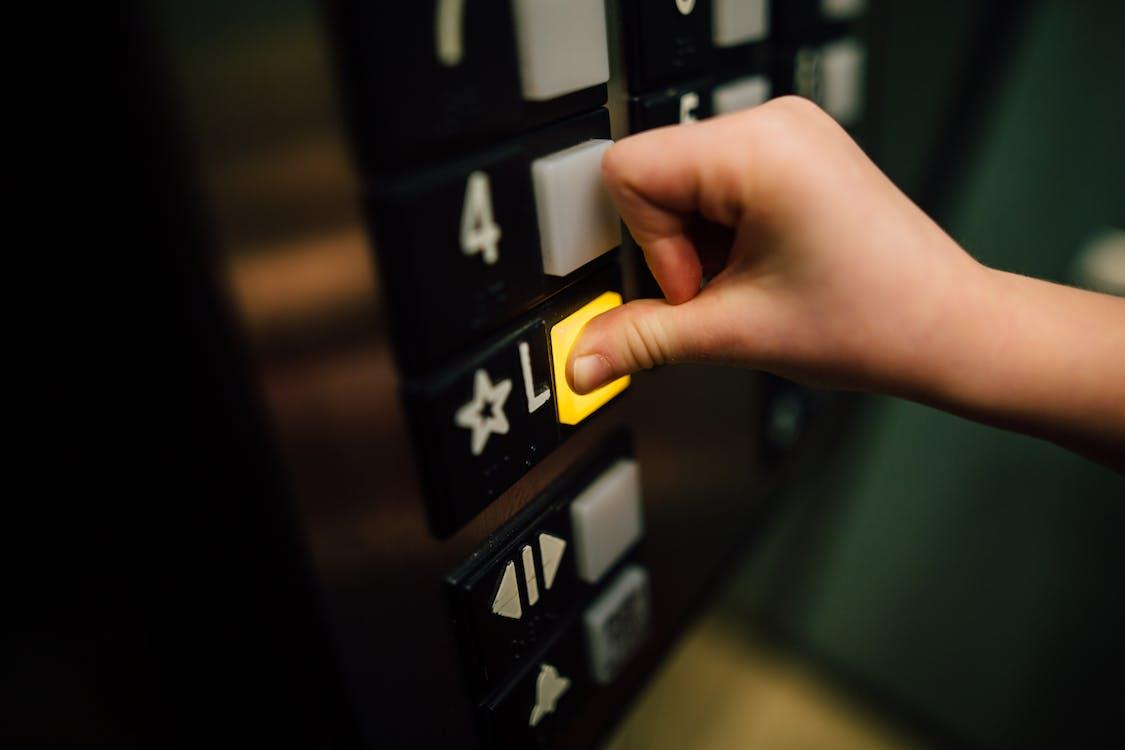
03 Mar What Facility Managers Should Do When Elevator Fault Codes Appear
Elevators are essential to many commercial buildings, but what do you do when something goes wrong, and elevator fault codes appear? Fault codes are messages that appear on the elevator’s display panel or in the control system, indicating a problem.
Taking appropriate action when fault codes appear is critical, as they can indicate a minor or severe problem. By the end of this article, you will clearly understand what fault codes are and what to do when they appear in your commercial building in Denver.
What Elevator Fault Codes Mean and Why They Matter
Elevator fault codes give elevator technicians valuable information about what is causing the issue. Fault codes can indicate a minor issue, such as a loose part, or a more serious problem, such as a malfunctioning component.
They are not always easy to interpret as they often include a combination of numbers and letters that can mean different things, depending on the manufacturer and model of the elevator.
However, understanding fault codes and what information they can provide allows you to respond correctly when they appear. So, now that you know what fault codes are, let’s discuss how to respond to them.
How to Respond to Elevator Fault Codes
When elevator fault codes appear in your commercial building, responding the right way ensures everyone’s safety. Here are five steps you can follow to respond:
- Do not panic! The first step is to remain calm and assess the situation. Elevator fault codes can indicate a minor or serious problem. Either way, panicking won’t help.
- Check the manual. Your elevator’s manual may provide information on the fault code and what to do. Check it to see if it can provide any guidance.
- Call a professional. Experienced and reputable elevator professionals like PEAK Elevator can diagnose and fix the issue. Elevators are complex machines, and only a trained technician should attempt to repair them.
- Keep the area around the elevator clear. Doing this ensures the technician’s safety. Remove any obstacles that could impede the technician’s access to the elevator.
- Keep a record. Finally, it would be best to record the fault codes: when they appeared, and what actions you took. This information can be helpful if the issue reoccurs or if the technician needs to refer to it when diagnosing it.
These five steps can help you respond appropriately to elevator fault codes and ensure everyone’s safety in your building.
The Final Word on Elevator Fault Codes
When an elevator displays a fault code, you need to respond appropriately. This could mean fixing a minor issue or addressing a more serious problem. Knowing what fault codes are and how to handle them will help keep everyone in your building safe.
You can trust PEAK Elevator to provide the expertise you need to keep your elevators running smoothly. Our commitment to high-quality products and excellent customer service makes us a trusted authority in commercial elevator maintenance services. If you need help with an elevator issue, don’t hesitate to contact us.



Sorry, the comment form is closed at this time.